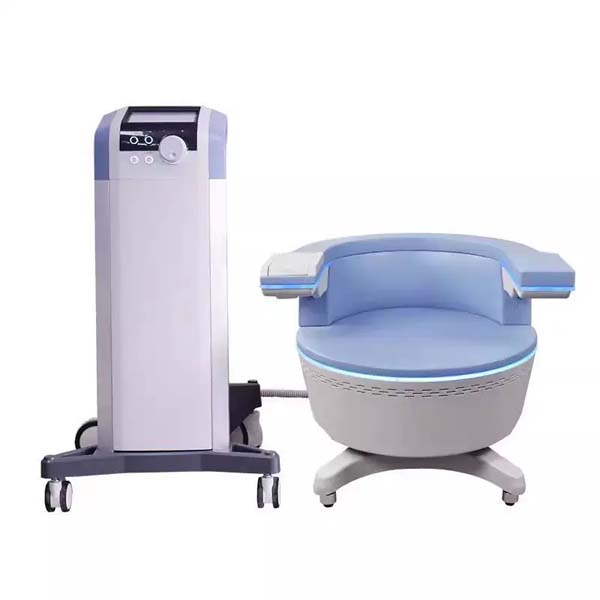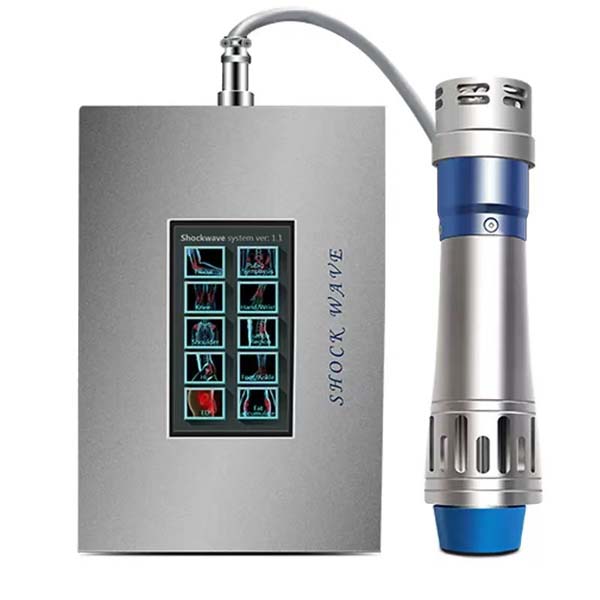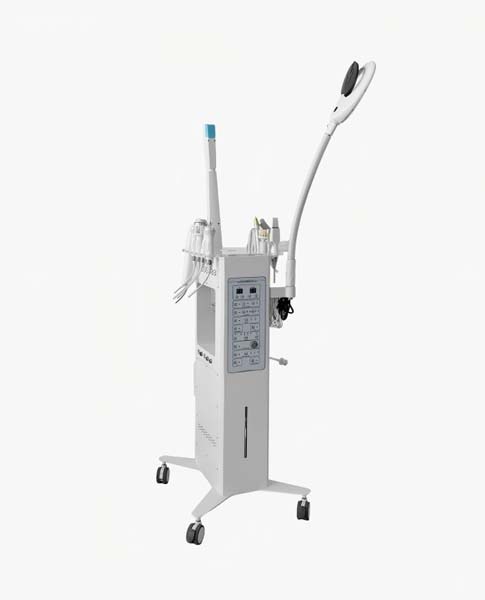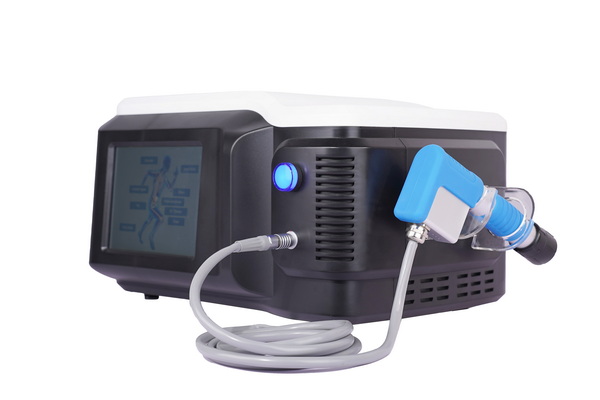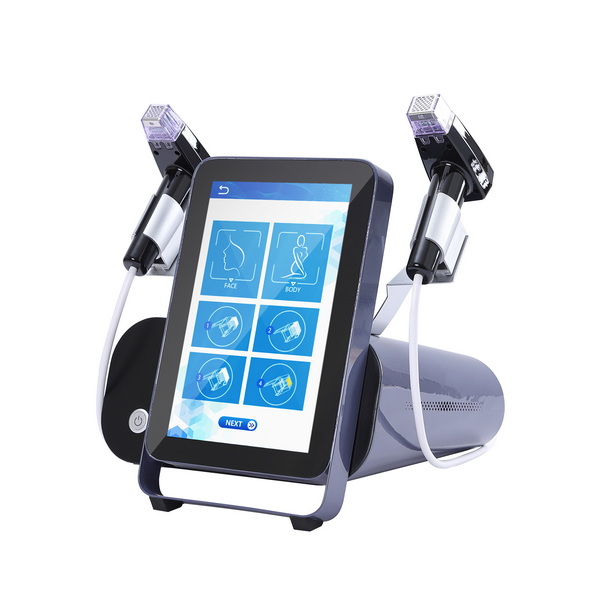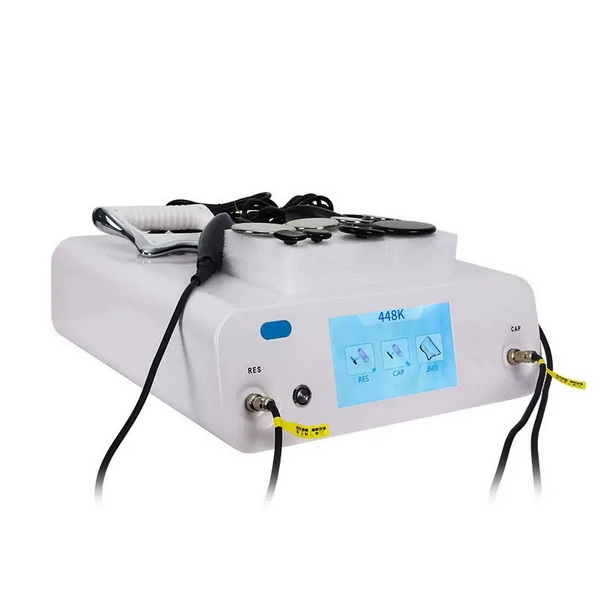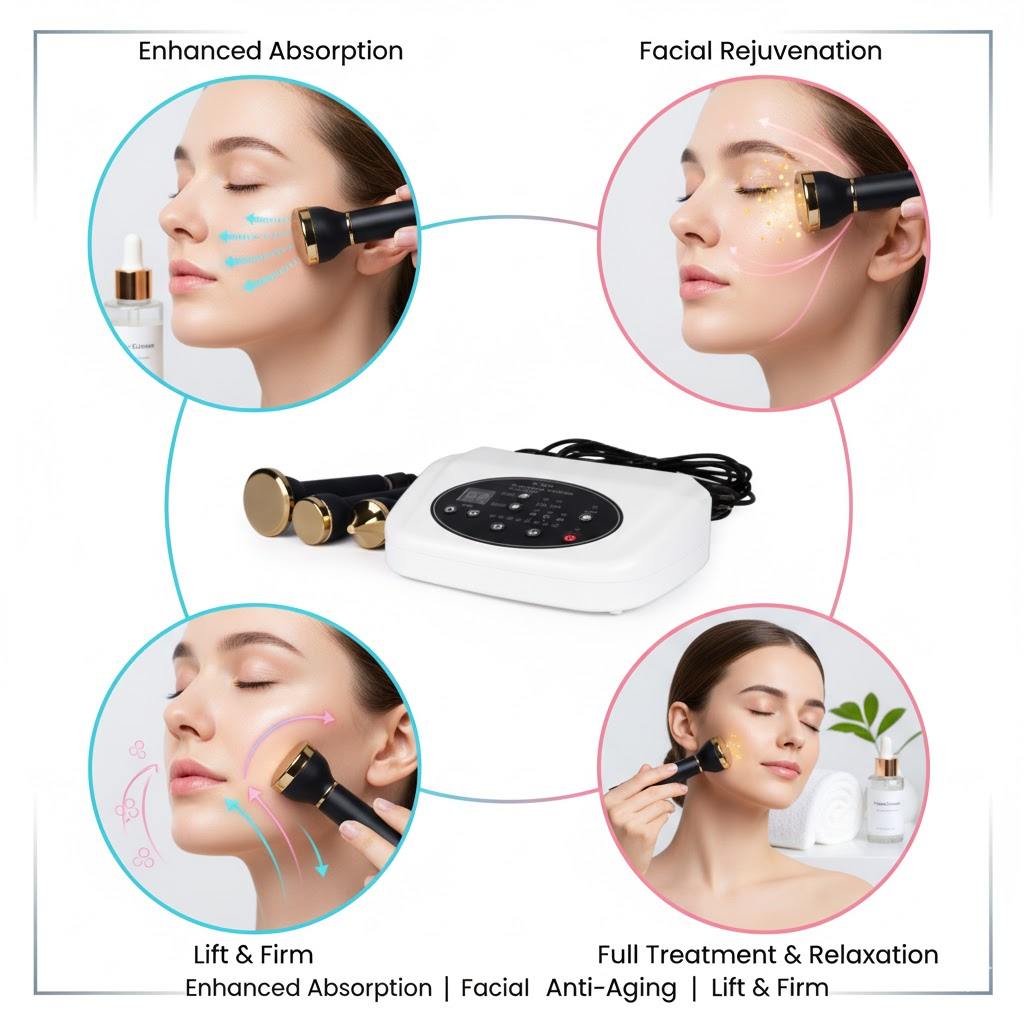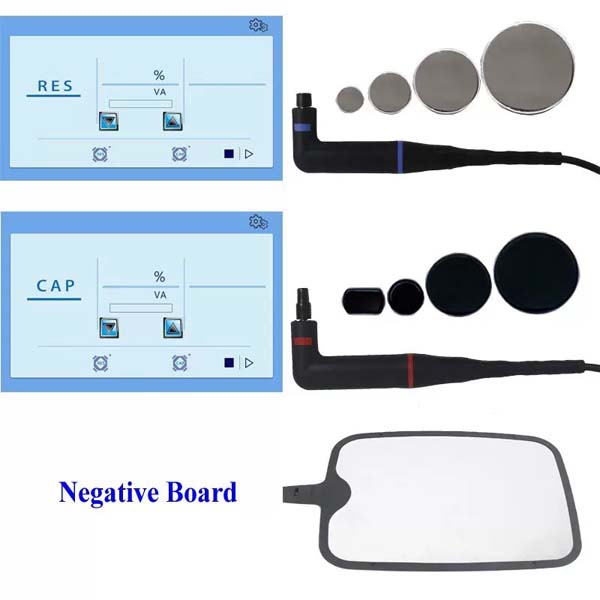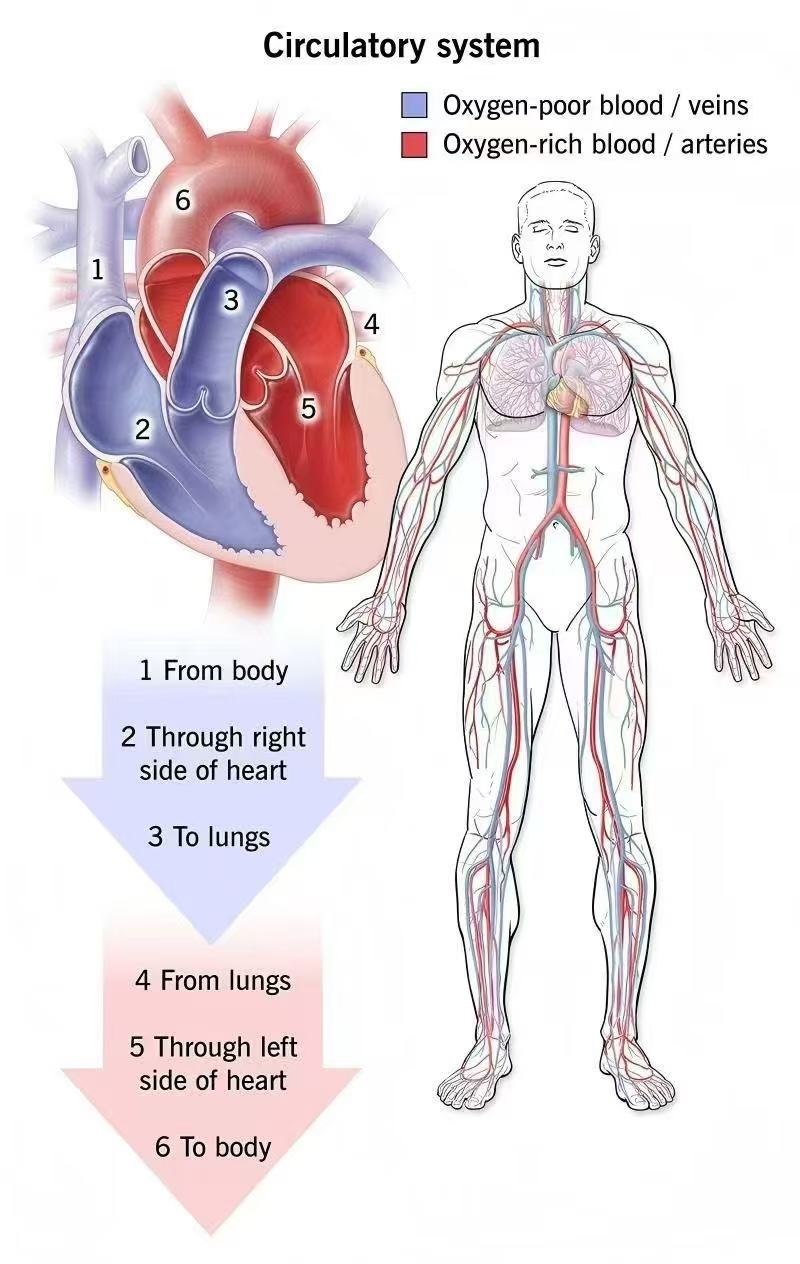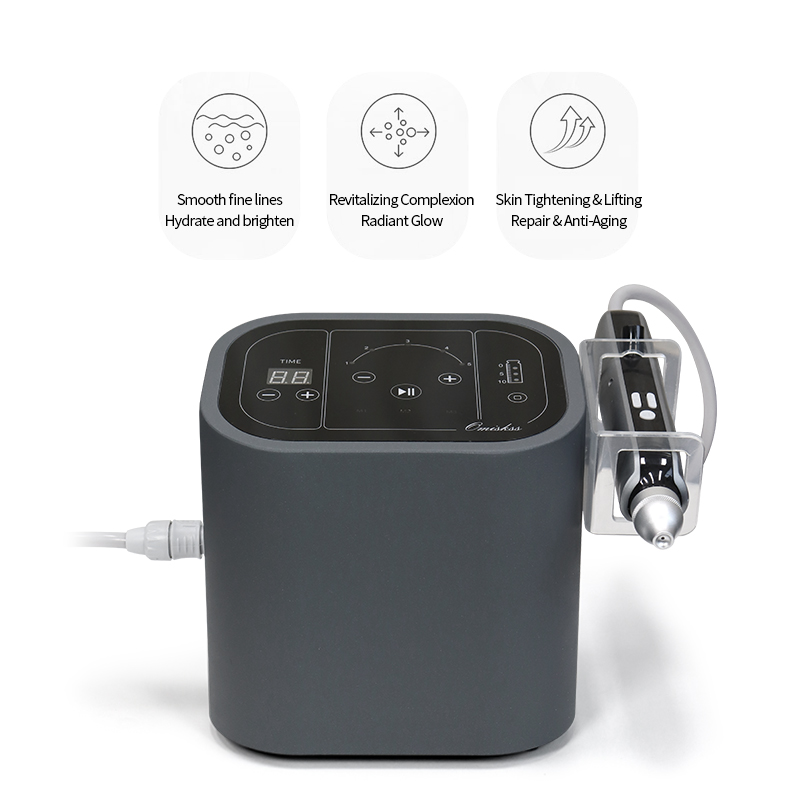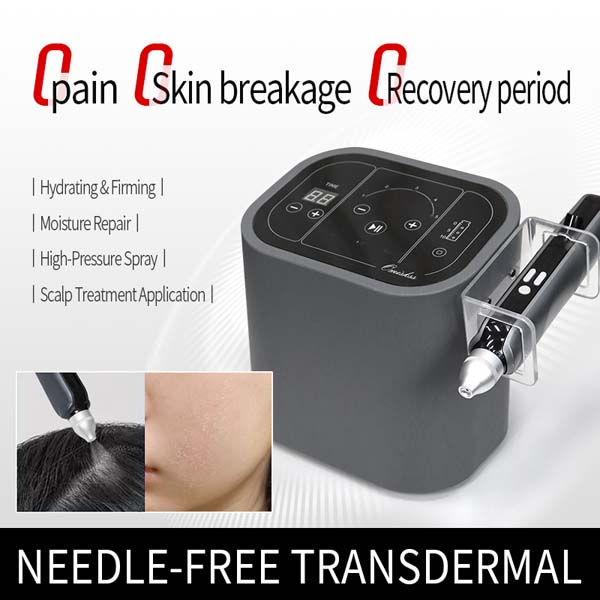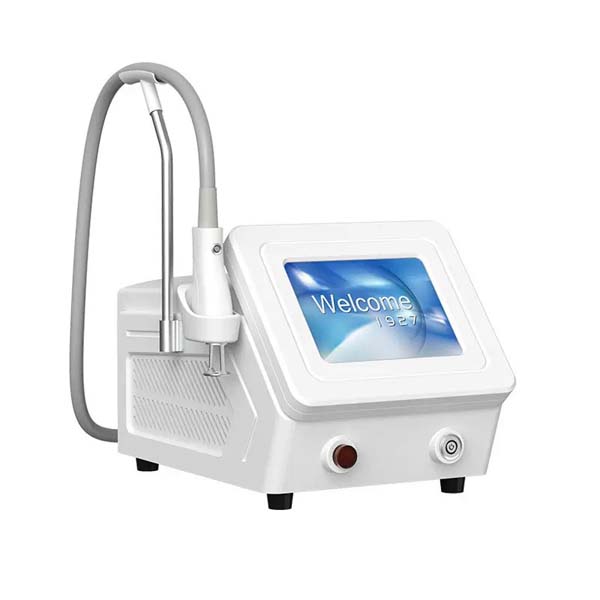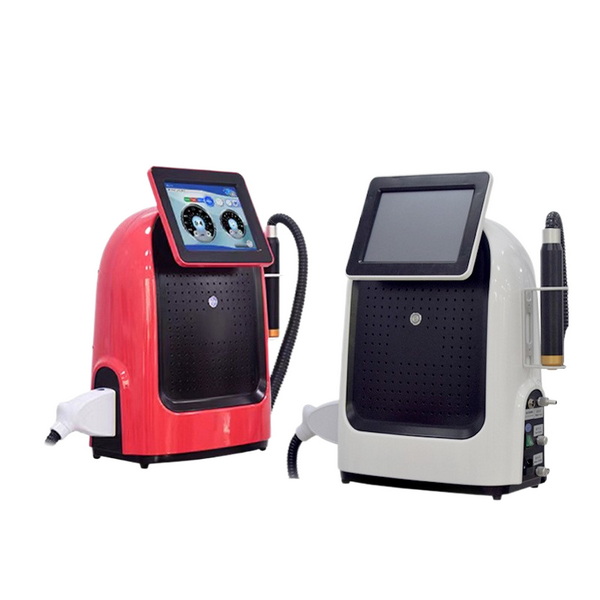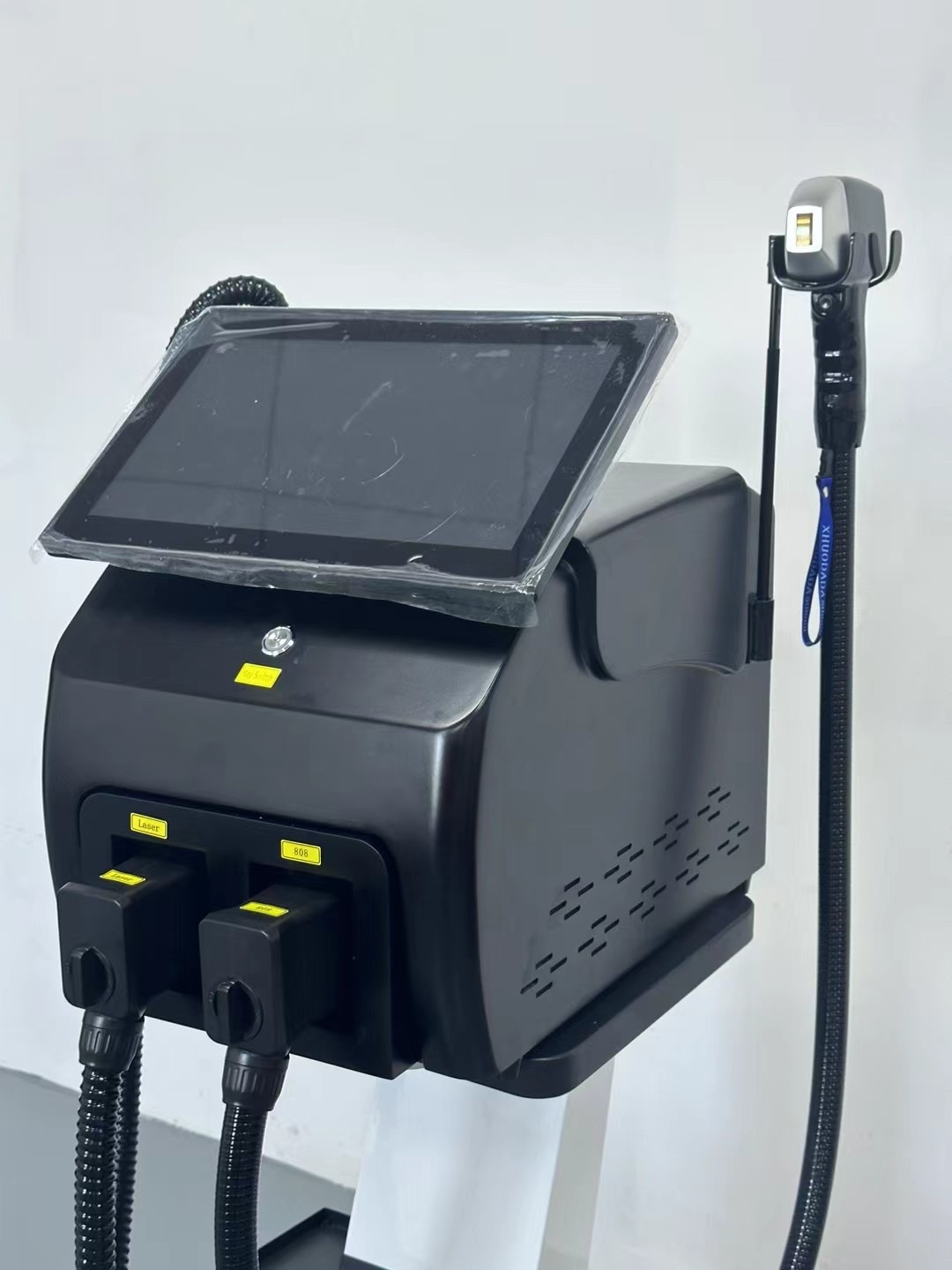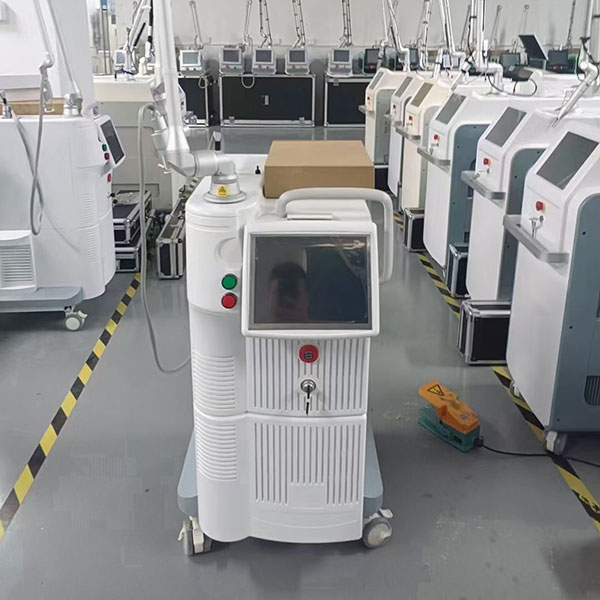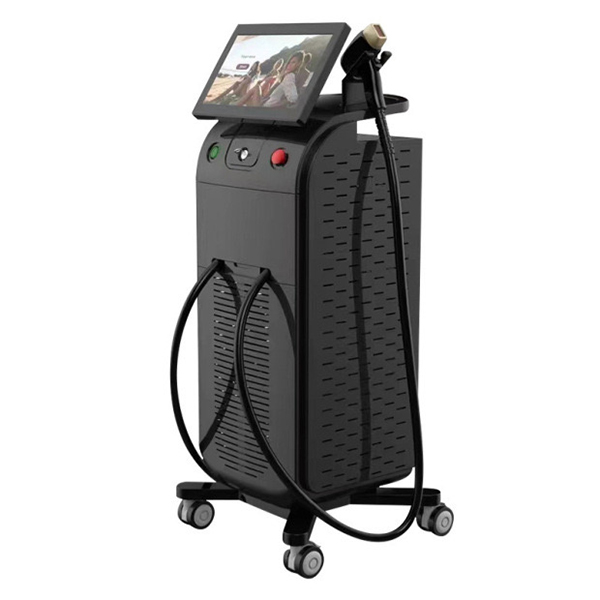The landscape of aesthetic and medical dermatology has been profoundly reshaped by the advent of advanced laser technologies. Among these innovations, the 1927 thulium laser has emerged as a powerhouse, establishing a new gold standard for treating superficial skin concerns with remarkable precision and minimal downtime. This specific fractional laser, operating at a wavelength of 1927 nm, is a game-changer for patients seeking to address sun damage, pigmentation, and textural irregularities, offering a gentle yet highly effective alternative to more aggressive resurfacing procedures. The unique properties of the 1927 thulium laser, particularly its affinity for water as a chromophore, allow for targeted treatment of the upper dermis and epidermis, making it a versatile and essential tool in modern cosmetic practice. The widespread adoption of devices utilizing the 1927 thulium laser wavelength, such as the Fraxel Dual, LaseMD Ultra, and Moxi, underscores its significance in providing consistent, high-quality results across a broad spectrum of skin types.
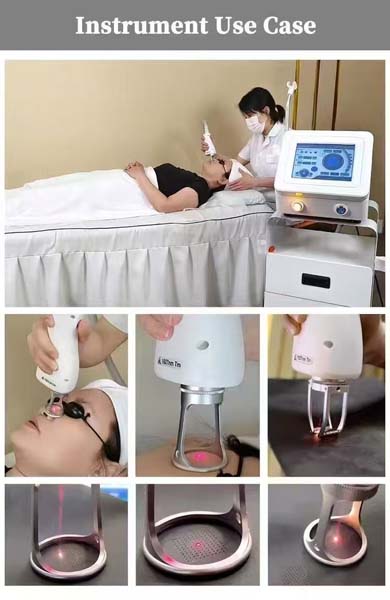
Technical Superiority of the 1927 Thulium Laser
The effectiveness of the 1927 thulium laser is fundamentally rooted in its technical specifications. The 1927 nm wavelength falls within the infrared spectrum and is characterized by a very high absorption coefficient in water, which is the primary chromophore (target molecule) in the skin. This high absorption is the key to the laser’s clinical success.
Understanding the Mechanism of Action
The 1927 thulium laser functions on the principle of fractional photothermolysis, a revolutionary concept in laser medicine. Instead of treating the entire skin surface, this fractional laser creates thousands of microscopic treatment zones (MTZs) in the skin while leaving the surrounding tissue intact. This selective targeting is crucial for rapid healing and reduced post-procedure recovery time.
Water as the Primary Chromophore
The specific 1927 nm wavelength of the 1927 thulium laser is heavily absorbed by water molecules in the epidermis and superficial dermis. When the laser energy is delivered, the water within the target tissue is instantly heated, creating controlled thermal damage within the MTZs. This process is distinct from other resurfacing lasers. For instance, the Holmium:YAG laser operates near 2100 nm, and while also water-absorbed, the absorption characteristics of the 1927 thulium laser are optimally tuned for superficial resurfacing. The targeted heat from the 1927 thulium laser initiates a powerful wound-healing response that culminates in the exfoliation of damaged, pigmented cells and the stimulation of new collagen and elastin production. This unique photothermal effect is what drives the excellent outcomes seen with the 1927 thulium laser.
Controlled Depth and Precision
Due to the strong absorption by water, the thermal energy from the 1927 thulium laser does not penetrate as deeply as other popular fractional wavelengths, such as the 1550 nm Erbium-doped fiber laser often paired with it in dual-wavelength systems like the Fraxel Dual. This shallower penetration means the 1927 thulium laser is precisely tuned to address concerns concentrated in the upper skin layers, primarily the epidermis and superficial papillary dermis. This characteristic allows practitioners using the 1927 thulium laser to achieve a highly predictable and uniform effect on surface pigmentation and texture with minimal risk of damage to deeper structures. The fine-tuned control over the depth of treatment makes the 1927 thulium laser exceptionally safe and versatile.
Clinical Applications of the 1927 Thulium Laser in Dermatology
The versatility and efficacy of the 1927 thulium laser have cemented its role as a cornerstone technology for treating a wide array of superficial aesthetic and medical skin conditions. Its ability to gently yet effectively resurface the skin with minimal downtime addresses a key patient demand in modern aesthetic medicine.
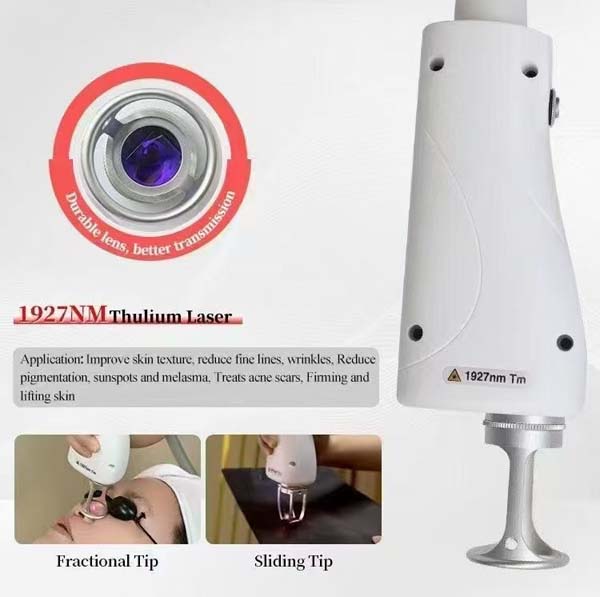
Addressing Pigmentation and Dyschromia
The 1927 thulium laser is arguably best known for its exceptional capability in treating pigmentation. The micro-damage to the epidermis facilitates the removal of excess melanin, making it a primary choice for various forms of hyperpigmentation.
Sun Damage and Photoaging
One of the most common applications of the 1927 thulium laser is the reversal of photoaging. This includes the elimination of solar lentigines (sun spots or age spots), ephelides (freckles), and overall skin sallowness. The laser’s action promotes the shedding of the entire superficial epidermal layer, which is heavily laden with sun-damaged cells and irregular pigmentation. Multiple clinical studies have highlighted the profound improvement in skin clarity and uniformity after treatments with the 1927 thulium laser. For patients seeking a brighter, more even-toned complexion, the 1927 nm wavelength delivers superior results.
Melasma and Post-Inflammatory Hyperpigmentation (PIH)
Melasma, a challenging chronic pigmentation disorder, has shown promising responses to the 1927 thulium laser. Because the laser targets water and not melanin directly, it minimizes the risk of post-treatment hyperpigmentation often associated with other melanin-targeting lasers, making the 1927 thulium laser a safer option, particularly for patients with Skin of Color. It is a cornerstone in combination therapies for melasma, often used to create microscopic channels that also facilitate the enhanced delivery of topical agents like hydroquinone or antioxidants deep into the skin, a concept known as Laser-Assisted Drug Delivery (LADD). The same mechanism makes the 1927 thulium laser a safe and effective modality for improving Post-Inflammatory Hyperpigmentation in darker skin types, a traditionally difficult condition to treat.
Skin Rejuvenation and Textural Improvement
Beyond pigmentation, the thermal effect of the 1927 thulium laser triggers a cascade of wound-healing events that lead to significant skin quality and texture improvements.
Fine Lines and Wrinkles
By stimulating fibroblast activity and promoting the formation of new dermal matrix components, the 1927 thulium laser contributes to the reduction of fine lines and wrinkles. The fractional treatment remodels the skin’s structure, leading to a smoother, firmer surface. While more aggressive lasers are required for deep rhytides, the 1927 thulium laser is ideal for prophylactic anti-aging and for treating early signs of aging, particularly around the eyes and mouth.
Actinic Keratosis Treatment
The utility of the 1927 thulium laser extends into medical dermatology, where it is an approved and effective treatment for actinic keratosis (AK). AKs are precancerous lesions caused by chronic sun exposure. The selective photoablation of the damaged epithelial cells by the 1927 thulium laser provides a non-surgical method for removing these lesions, often treating large surface areas (field cancerization) on the face, neck, and chest simultaneously with an aesthetic benefit. This dual functional capacity—medical treatment and cosmetic improvement—demonstrates the profound value of the 1927 thulium laser platform.
Patient Experience and Safety Profile of the 1927 Thulium Laser
The significant popularity of the 1927 thulium laser among both practitioners and patients stems from its favorable safety profile and manageable recovery time. It has bridged the gap between highly effective, but high-downtime ablative lasers and gentle, low-downtime but less potent non-ablative treatments.
Minimal Downtime and Comfort
One of the most compelling advantages of the 1927 thulium laser is the minimal associated downtime. Most patients experience redness and mild swelling, akin to a mild sunburn, which typically resolves within a few days. The fact that the surrounding tissue is left intact accelerates the healing process remarkably. For systems like the LaseMD Ultra or the Moxi, a lighter setting with the 1927 thulium laser may result in a recovery period as short as 24 hours, which is highly appealing for busy individuals. Patient comfort during the procedure is also generally high, often managed with topical numbing cream and integrated cooling systems, further enhancing the appeal of the 1927 thulium laser.
Safety on All Skin Types
The high absorption of the 1927 thulium laser energy by water, and not by melanin, makes it inherently safer for a wider range of skin tones, including darker Fitzpatrick skin types (III-VI). Lasers that heavily target melanin run a higher risk of causing post-inflammatory hyperpigmentation or hypopigmentation in darker skin. The operating principle of the 1927 thulium laser minimizes this risk, making it a highly customizable and inclusive option for global skin rejuvenation, provided the appropriate energy settings and coverage density are selected by an experienced operator.
Beyond Aesthetics: The Broader Context of Thulium Lasers
while the 1927 thulium laser dominates the aesthetic market, it’s important to note the wider medical applications of thulium-based laser technology, which typically operate in the 1900 nm to 2100 nm range. The thulium fiber laser (TFL) technology, often operating around 1908 nm or 1940 nm, is a powerful surgical tool.
Thulium Fiber Laser (TFL) in Urology
In urology, the thulium fiber laser (TFL), with wavelengths near that of the 1927 thulium laser, has revolutionized the treatment of urinary tract conditions.
Benign Prostatic Hyperplasia (BPH)
The TFL is widely used for treating Benign Prostatic Hyperplasia (BPH), an enlargement of the prostate gland. Techniques such as Thulium Laser Vapo-enucleation (ThuLEP) or Vapo-resection offer excellent hemostasis (bleeding control) and the ability to treat prostates of any size, surpassing the capabilities of older technologies like the Holmium:YAG laser in certain respects. The precision and effective tissue cutting/coagulation properties stem from the same high water absorption characteristic utilized by the 1927 thulium laser in dermatology.
Lithotripsy (Stone Management)
The TFL is also highly effective for lithotripsy, the fragmentation of kidney and ureteral stones. Its high pulse repetition rate allows for superior “dusting” of the stone into fine particles, which are then easier for the body to pass. This urological application further illustrates the robust nature and diverse utility of the thulium-doped fiber laser platform across different medical specialties, all anchored in the unique interaction of this near-infrared wavelength with water-rich biological tissue.
The Future of 1927 Thulium Laser Technology
The future of the 1927 thulium laser in aesthetics looks exceedingly bright. Ongoing research focuses on optimizing treatment protocols and expanding its use in combination therapies. The development of next-generation devices continues to prioritize faster treatment speeds, more intuitive user interfaces, and the integration of advanced delivery systems.
For instance, the application of the 1927 thulium laser in Laser-Assisted Drug Delivery (LADD) is a particularly exciting frontier. The microscopic channels created by the 1927 thulium laser allow for dramatically increased penetration of cosmeceuticals and pharmaceuticals, potentially amplifying the effects of treatments for conditions like scarring, alopecia, and hyperpigmentation.
In conclusion, the 1927 thulium laser has transformed how dermatologists approach skin resurfacing and pigmentation correction. Its unique 1927 nm wavelength, perfectly tuned for superficial fractional treatment, delivers an ideal balance of efficacy and patient tolerance. The proven results, combined with a quick recovery time and high safety margin for diverse skin types, have established the 1927 thulium laser as a crucial technology, promising to remain at the forefront of non-ablative skin rejuvenation for years to come. The innovation continues to evolve, but the core principle—the controlled, precise action of the 1927 thulium laser on water in the upper layers of the skin—remains the driving force behind its revolutionary impact.

